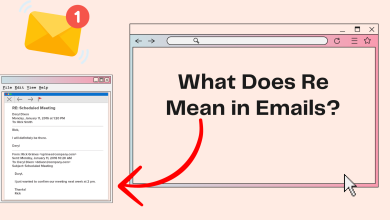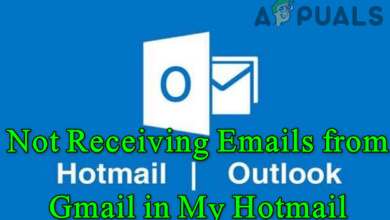10 Easy Ways to Send Large Files Over Email [2024 Update]
- Email services usually restrict attachments to 10-25 MB due to network strain, storage issues, and security risks. This can be frustrating for users needing to send larger files.
- Use cloud services like Google Drive, OneDrive, Dropbox, or iCloud Mail Drop; file transfer tools like WeTransfer, SendAnywhere, MyAirBridge; or physical methods like USB flash drives. File compression or splitting files into smaller parts are also viable options.
- Cloud storage services often integrate with popular email clients (e.g., Google Drive with Gmail, OneDrive with Outlook) for seamless file sharing, replacing large email attachments with cloud links.
While many still consider email the best and most professional communication method, its upload limits haven’t kept up with the times. Most email services limit you to just 25 MB of attachments, which equates to about 5 high-resolution images or 5 short videos. This can be a big problem among users and businesses who rely on emails to send data to each other.
To help you with that, we have curated a list of 10 easiest methods to send large files over email to anyone within a few minutes. So if you are getting an error message saying “Sorry. File too large” it’s time to fix it!
Table of Contents
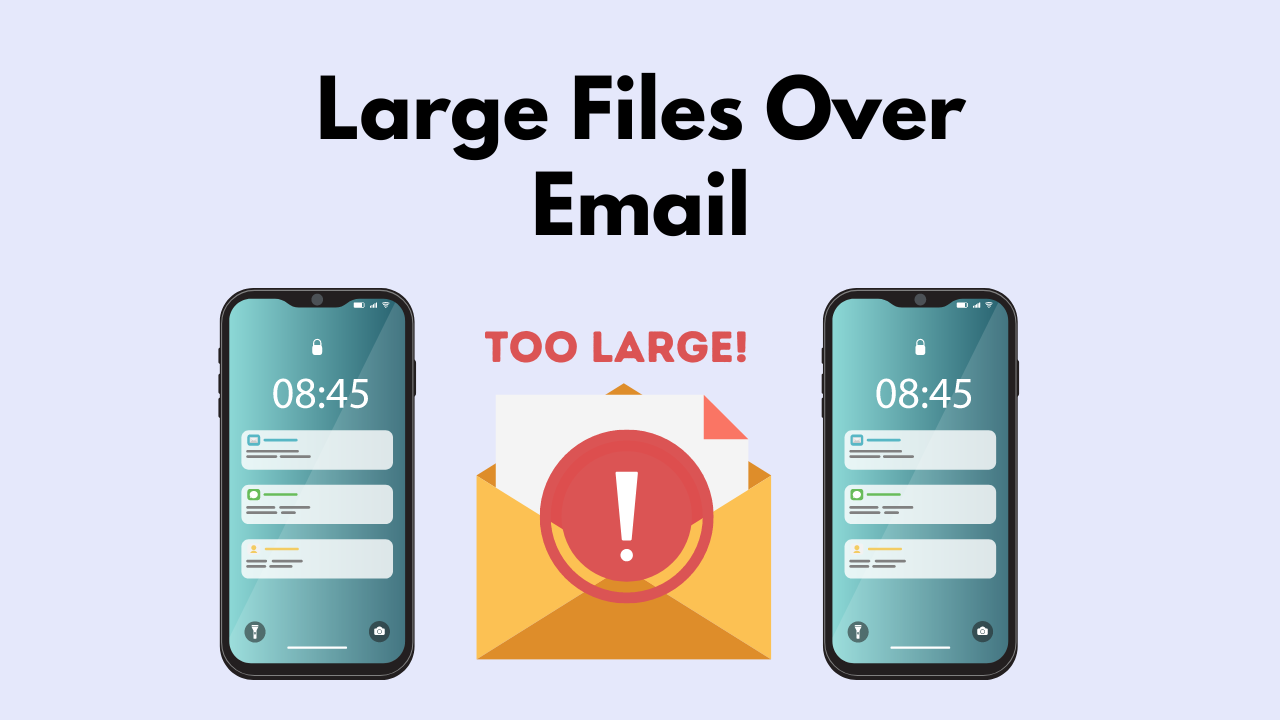
Why Can’t You Send Large Files Over Email?
The concept of email has been around since the mid-1980s. At first, it was really only intended for sending text messages but soon people started to send small images with their texts. This highlighted a major gap in the emailing system which even after around 40 years is still there. Ultimately, email services have their reasons for this such as:
- File Size Limits: Emails often can’t handle files larger than 10-25 MB, causing delivery issues.
- Network and Processing Impact: Large attachments strain networks, slow email systems, and overload server processing.
- Storage Challenges: Big attachments quickly fill up inboxes, increasing backup times and storage needs.
- Security Risks: Processing large files for malware strains email servers, requiring strict security measures.
- Recipient Issues and User Frustration: Recipient servers may have stricter size limits, leading to frustrating downloads, especially on mobile devices.
READ MORE: Trouble Attaching Files in Gmail? Quick Fixes for Email Attachments ➜
What is the Maximum File Upload Limit on Emails?
Different email services have different limits. For instance, Gmail allows you to upload up to 25 MB of data in a single email. Similarly, Outlook only gives its users 20 MB. Most of the time, email clients force their size limits to avoid overloading data which are often 20 MB or so.
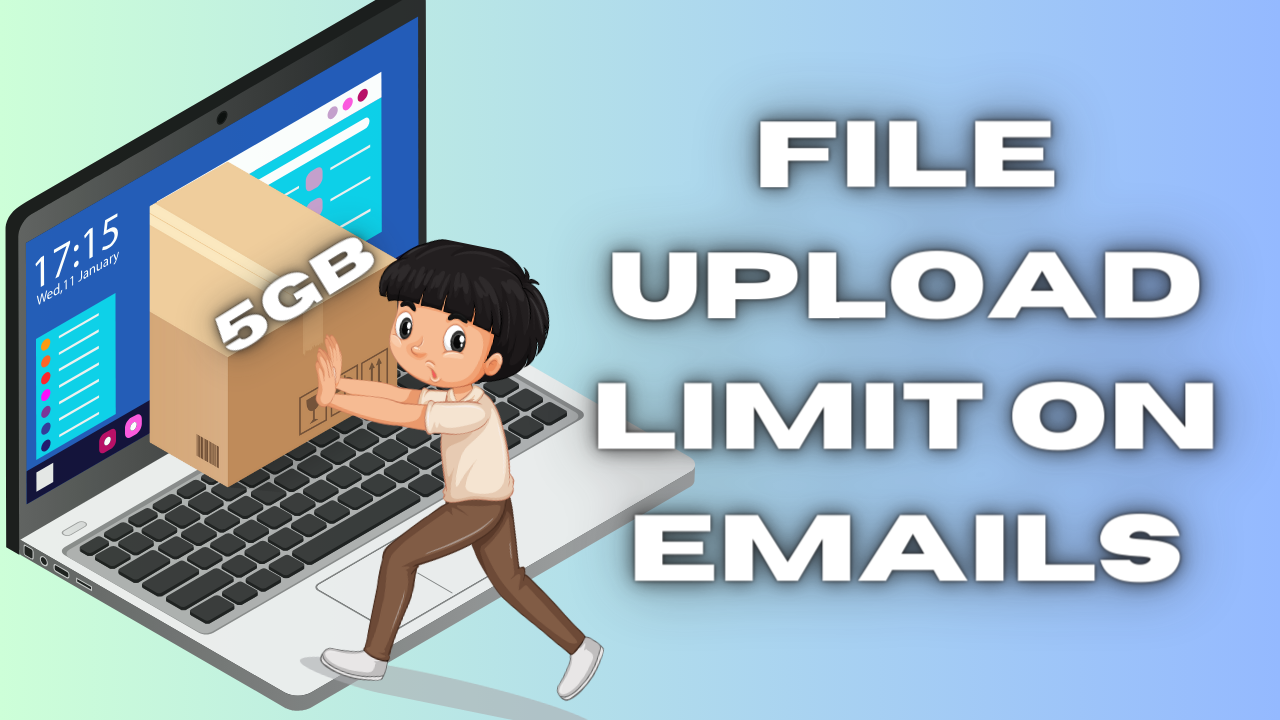
Another thing to keep in mind is that email attachments are generally MMIE encoded which causes an increase in data. This means that if your original size is about 10 MB, the file will become about 13 MB when attached to an email.
READ MORE: What is the Meaning of “Re” in an Email? ➜
How to Send Large Files Over Email
Now that you have seen the behind the scenes of sending large files over email, let’s look at a few alternatives to help you solve the problem.
1. Google Drive — Best for Gmail Users
Google Drive is a cloud storage service by Google and comes as a part of the Microsoft Office Suite. It allows users to upload large files and even folders to the cloud and share them via email. Google Drive works for anyone with a Gmail account and gives users 15 GB of free cloud storage.
One sending files larger than 25 MB, Gmail automatically replaces the attachment with a Google Drive file. To use the built-in Google Drive feature for Gmail, all you have to do is click on the Google Drive icon at the bottom of your email. This will open up the Google Drive window where you’ll need to select your files and hit “Insert” when ready to send.

When inserting files using Google Drive, you have two options to work with:
- Drive Link is for files created using other Google services like Google Docs, Sheets, Slides, or Forms.
- Attachment is for files that weren’t created using these services.
Google Drive isn’t just for Gmail users only as it can also integrate with other email apps but the majority of them have their native alternatives. When using Google Drive make sure to clean up your old files regularly to ensure that your 15 GB isn’t filled with unnecessary data.
READ MORE: How to Add Google Drive to Windows Explorer Sidebar? ➜
2. OneDrive — Best for Outlook Users
If you use Microsoft Outlook, OneDrive is the best cloud storage service for you. Similar to Google Drive, OneDrive allows users to either send documents through a link or by emailing the document. Moreover, OneDrive is seamlessly integrated into Outlook and automatically gives users the option to save or send large files. This reduces the effort of manually uploading files and does all of that on its own

READ MORE: 10 Ways to Stop OneDrive from Syncing on Windows 10 & 11 ➜
3. Dropbox — Best Cloud Storage Alternative
Cloud Storage options are a must. They not only allow you to send large files over email but are also a great way to backup important files and access them anywhere. While there are hundreds of cloud storage options, one fan favorite is Dropbox.
Dropbox allows users to upload large files to their cloud storage and then attach its link via an email message. It offers users free and premium plans with the free tier giving access to 2 GB of storage space and the premium taking it up to 1 TB.
Another interesting feature of Dropbox is the Gmail add-on that brings the entire Dropbox interface to your email tab by simply clicking its icon. From there, you can directly send files and attachments without having to leave Gmail.

READ MORE: What is Mailinator? How to Use it to Create Disposable Email ➜
4. iCloud Mail Drop — Best for Apple Mail Users
To overcome the email size limit problem, Apple came up with Mail Drop which allows Apple users to sync their data across different devices. With Mail Drop, you can send big files of up to 5 GB in size through Apple Mail.
While the concept is similar, Mail Drop works differently from Google Drive and OneDrive. As Mail Drop is a component of iCloud, whenever you attach a large file it will be hosted on iCloud instead of the Apple email server. To send over the file, Mail Drop sends a link to the recipients which automatically expires after 30 days.

This saves users from the fear of permanently hosting files on iCloud storage and even stops temporary files from ending up on iCloud in the first place. However, be careful not to let your files expire accidentally, especially if you plan to organize them in the cloud for the long term.
READ MORE: Stuck at Syncing Items to iCloud? Here’s How to Fix ➜
5. Use File Transfer Tools
When it comes to sending large files over emails, file transfer tools are the most common solution. These tools come with an easy-to-use interface and allow users to send large files directly to someone’s email. Several file transfer tools can help you get the job done three such options include.
1. WeTransfer
WeTransfer offers users a simple and stress-free file sharing experience without having to go through the hassle of registering their profile. To send large files via WeTransfer, all you have to do is upload the file (up to 2 GB), enter the recipient’s email, enter your personal email, short title, and a message. You also have the option to add a password to your files and once you’re ready just hit Transfer.

When using WeTransfer, if the free option starts to feel a bit limited you also have the option to upgrade your plan. WeTransfer Pro starts at $10/month and expands your storage to up to 200 GB. Additionally, you also get 1 TB of space for leaving your files online for a little while.
READ MORE: The 5 Fastest Ways to Transfer Files From PC to PC ➜
2. SendAnywhere
SendAnywhere is another file transfer tool that markets itself as one of the more secure ones. When sending or receiving files with SendAnywhere you are required to use a unique 6-digit key. The 6-digit key automatically expires after 10 minutes and no one can access the file without entering the code. This ensures that your files are safe and secure during the file-sharing process.

3. MyAirBridge
If you want a completely encrypted file-sharing experience with a big storage capacity, MyAirBridge is worth a try. The transfer tool allows users to upload up to 20 GB of data without having to purchase a premium subscription.
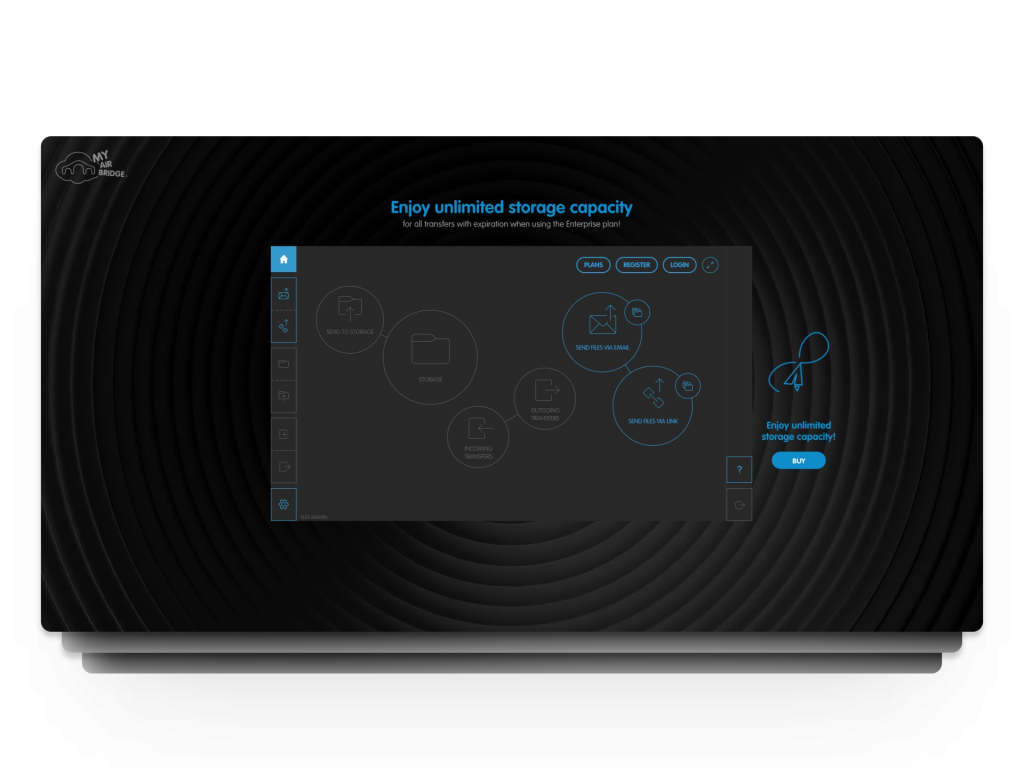
To send files with MyAirBridge, you have the option to either upload the files via email or link. On the recipient side, they simply have to open up the link to access the files. MyAirBridge is an easy-to-use software that’s available on both mobile and computer.
6. Put Everything in a Flash Drive
Even if you aren’t attaching files directly to an email, you can still use it to tell others where and how to access the files. This is especially true for cases when you are interacting with your team in person and want to share a project or a video but it’s stuck between the tight upload limits.

To avoid this, you can use a USB flash drive which can range in size from 2 GB to 1 TB to physically hand over stuff to your team members. Additionally, you can arrange for a courier to send over the USB somewhere else and you just email them the tracking details to receive it.
READ MORE: How to Save Email as PDF on Gmail, Outlook & Apple Mail ➜
7. Compress Large Files or Split Them Up
One effective way to send large files over email is by compressing them using free software like 7-Zip. Although compression reduces file size, it can also result in a loss of quality, especially for images and videos. 7-Zip is compatible with Windows only
To compress files using 7-Zip, open the File Manager, select the file, and choose “Add to Archive.” Save the compressed file in the same location and enhance security by adding a password.

↪ Splitting Files Into Smaller Parts
Alternatively, for a more traditional approach, you can also split large files into smaller parts using 7-Zip. For instance, once you create an archive for a 50MB file, you can split the archive into five 10MB pieces. From there, all you need to do is attach each part to a separate email and hit send.

While the traditional file-splitting method is effective, it can be a bit complicated. Some recipients may find it confusing or inconvenient to reassemble separate attachments. Hence, if you’re unsure whether your recipients are familiar with this process, it’s probably better to choose a simpler method.
READ MORE: What’s The Best Email Service in 2024? Best Clients Ranked ➜
Say Goodbye to Email Attachment Size Limits
If you regularly work with large files and want to send them over email without a second thought, the right tool can help you get rid of that annoying upload limit. Fortunately, with plenty of the above-mentioned options, you won’t have to worry about size limit restrictions anymore. So, get your files ready and comment below on which method worked best for you!
FAQs
No, the 15 GB of cloud storage isn’t exclusive to Google Drive only. This storage space is used for files you upload, as well as for files created using other Google services, including Google Sheets, Forms, and Docs.
Yes, cloud services, including secure options like Dropbox, use encryption and access controls to protect user data. Users need to configure settings and use strong authentication for added security.
For Mac, “The Unarchiver” is a popular and free file compression tool. It supports various archive formats and is widely used for its simplicity and versatility.
 Reviewed by
Reviewed by 